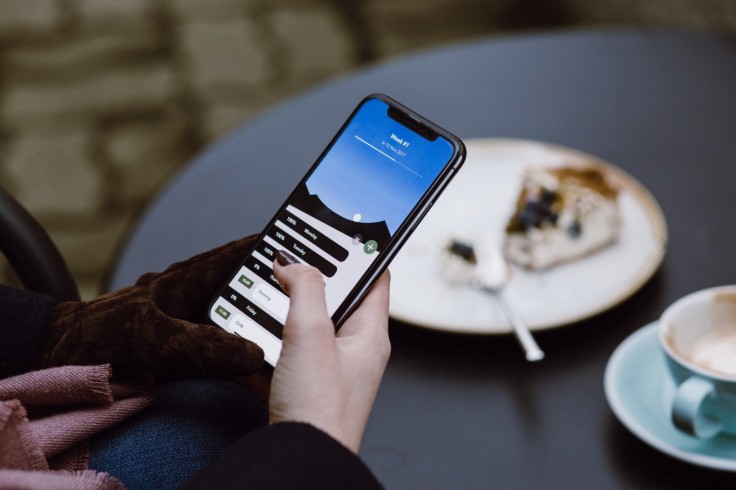
Apple's "Night Shift" feature on iPhone might not be that beneficial as it has been marketed, that is if a new study is to be believed.
While there has been a lot of studies proving how blue light impacts one's health, a new research discovered that the iPhone "Night Shift" feature doesn't really help someone sleep better since there are other underlying factors to consider.
iPhone Night Shift Blue Light Feature: Not Helpful?
According to Ars Technica, Brigham Young University researchers sought to study how much helpful and beneficial are blue-light reducing features like Apple's "Night Shift" impact the quality of sleep of individuals.
The results? Apparently not much.
The said researchers conducted the study on 167 individuals and randomly divided them into three groups. One group didn't use iPhones, another group used their iPhones without "Night Shift," and another had their iPhones with "Night Shift" activated.
Based on their observations, the researchers found out that there are no "significant differences" in the quality of sleep experienced by the individuals. While those who didn't use their iPhones have shown improved quality of sleep, there is no difference between those who used their smartphone with the "Night Shift" feature enabled and disabled.
"This suggests that when you are super tired, you fall asleep no matter what you did just before bed... the sleep pressure is so high, there is really no effect of what happens before bedtime," researcher Chad Jensen noted of the outcome of the study, per Ars Technica.
With these findings, the researchers concluded that using blue light reducing features doesn't have much impact on improving one's sleep.
What Is Blue Light and the Apple iPhone Night Shift?
As Irish Tech explained, blue light is a "natural high-energy visible light" produced by the Sun. However, present devices such as the Apple iPhone also emits this blue light, which confuses the brain and makes one think it is still day time.
With that said, it affects people's sleeping habits. This could also be the reason why several people struggle to sleep at night while using their phones.
Given this situation, Apple rolled out the "Night Shift" feature in 2016 and marketed it as a blue light reducing feature. With it, Apple hoped to reduce eye strain and allow people to sleep better at night.
Obviously, that does not seem to be the case.
It is worth noting, however, that the study by Brigham Young University does not mean "Night Shift" doesn't reduce blue light. The feature could still be an effective tool and serve its purpose of decreasing blue light, thereby reducing eye strain and other issues, However, what the study showed is that it doesn't impact sleeping that much as previously thought.









